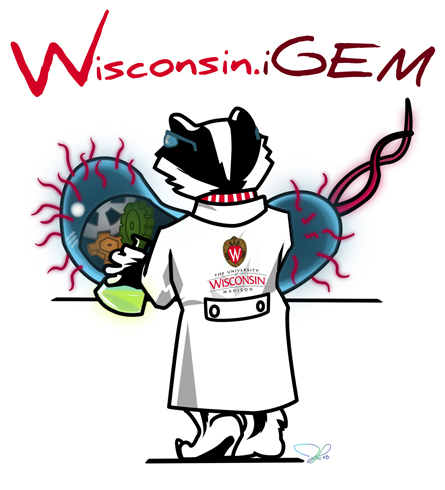Team:Wisconsin/Project
From 2008.igem.org
| You can write a background of your team here. Give us a background of your team, the members, etc. Or tell us more about something of your choosing. | |
|
Tell us more about your project. Give us background. Use this is the abstract of your project. Be descriptive but concise (1-2 paragraphs) | |
| Team Example 2 |
| Home | The Team | The Project | Parts Submitted to the Registry | Modeling | Notebook |
|---|
(Or you can choose different headings. But you must have a team page, a project page, and a notebook page.)
Contents |
Overall projects
Fuel consumption has come to the forefront as important political and biological issue that has lead to innovative pursuits of renewable fuel as well as controversial exploitation of natural resources. Currently ethanol is the commercial biofuel of choice, however, current production and distillation of ethanol results in a larger energy consumption than is actually produced when burning said ethanol. With this problem in mind, iGEM Wisconsin has looked for alternative ways to make not only ethanol, but other biofuels through synthetic biology. We've designed two projects using E.coli to produce biofuels in innovative ways
One project focuses on using E.coli to produce sorbitol, a sugar alcohol, in large quantities for eventual catalytic conversion to hydrocarbons. Along with producing sorbitol, we've modeled a way to alter E.coli in such a way as to make sorbitol production from a glycerol carbon source effective. Our aim is to bring a cell that can use glycerol byproduct from Biodiesel production and effectively create sorbitol.
The second project is looking to use E.coli to break down lignin from plant matter into usable biofuels. We are currently looking to insert fungal genes coding for lignin peroxidase into E.coli. Lignin breakdown will be made more effective through the transport of lignin peroxidase out of the cell. Protein transporters will be added to the cell to eventually achieve this.
 "
"

